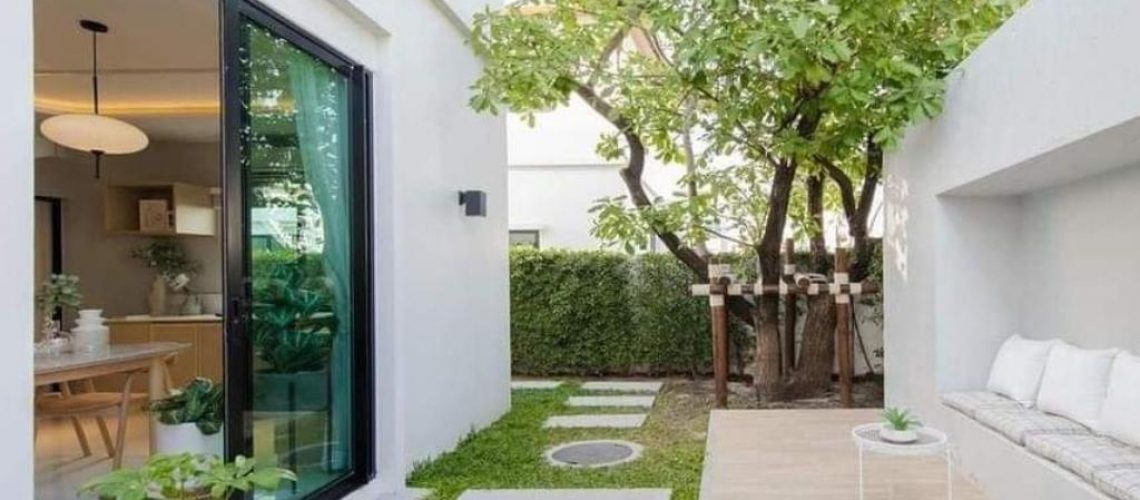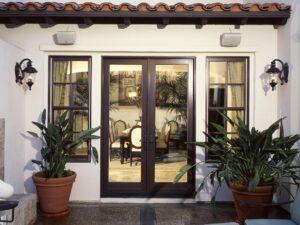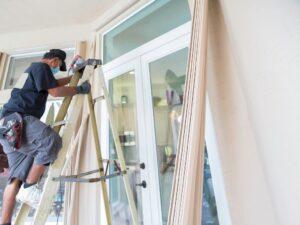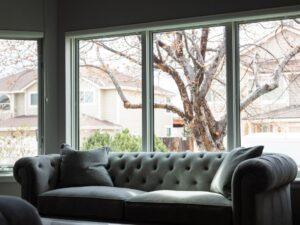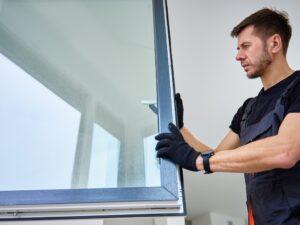If you’re thinking about replacing your patio doors, you’re not alone. Old doors can be drafty, difficult to operate, or just not match your home’s style anymore. But a successful replacement involves more than picking something that looks nice.
From layout to material, and even building codes—there’s a lot to consider before you install. In this blog, we’ll walk through the essentials so your next patio door upgrade is smooth, smart, and built to last.
1. Start With Why You’re Replacing the Doors
Before you even browse options, take a step back and ask what’s driving this project. Are your current doors leaking air or water? Do they drag when you open them? Maybe you’re renovating and want something that fits your new style.
Identifying the core issue helps you avoid wasting money on upgrades that don’t solve the real problem. If energy efficiency is the concern, prioritize insulated glass and tight seals. If security is the issue, stronger frames and better locks should top your list.
When you know the reason behind the change, you’re more likely to choose a door that actually improves your home.
2. Choose a Door Style That Fits Your Layout
Not all patio doors work in every space. Pick the wrong style, and you might run into issues with clearance, usability, or how the door looks in your room.
- Sliding Doors
These run on a track and don’t swing open, so they’re perfect for tighter spaces where you still want full-glass access to the outdoors. - French Doors
These open from the center and add a traditional look. They require more room to swing but offer a grand entry feel that many homeowners love. - Bi-Fold Doors
With folding panels that stack to the side, bi-folds open up your entire wall. They’re great for large patios or modern layouts with wide access points. - Multi-Slide Doors
Similar to sliders, but with more panels that stack or tuck into a wall pocket. These are ideal when you want wide openings without folding panels. - Center-Hinged Doors
One panel opens while the other stays fixed. These provide a classic look with a bit more functionality than a standard single door.
Choosing a style that works with your room’s layout saves you from issues later—like blocked furniture, awkward openings, or wasted space.
3. Pick the Right Frame Material for Your Needs
The material of your patio door frame impacts everything from energy performance to maintenance.
Vinyl
- Affordable and energy-efficient
- Requires little maintenance
- Limited in color and finish options
Fiberglass
- Handles extreme climates well
- Resists warping and mimics wood appearance
- Higher upfront cost but longer lifespan
Wood
- Offers a natural, traditional look
- Popular for curb appeal
- Needs regular sealing or painting to prevent rot
Aluminum
- Sleek and modern design
- Durable and lightweight
- Poor insulator unless paired with thermal breaks
Each material has trade-offs, so think about your local climate, how much upkeep you’re willing to do, and how long you want the doors to last. Skipping this decision can mean higher utility bills or costly maintenance down the road.
4. Understand the Role of Glass
The glass in your patio door affects more than just the view—it influences how your home feels year-round.
Insulated double- or triple-pane glass keeps indoor temperatures stable by reducing heat transfer. Low-E coatings reflect infrared heat and block UV rays, which helps protect your furniture from fading and keeps your home cooler in summer.
Some doors come with argon or krypton gas between panes for even better insulation. If you live in a high-wind or active area, tempered or laminated glass is safer—it won’t shatter into sharp pieces if broken.
Choosing the right glass setup boosts comfort, lowers energy costs, and adds an extra layer of safety—all without sacrificing natural light.
5. Don’t Guess on Measurements
Getting accurate measurements is one of the most important parts of the process. And it’s where many homeowners make mistakes.
You can’t just measure the old door and assume the new one will fit. You need to know the width and height of the rough opening, wall thickness, and even the direction the door will swing if you’re installing a hinged model.
Incorrect measurements can lead to gaps, air leaks, or a door that simply doesn’t close properly. That’s why it’s often worth having a professional handle this part—they’ll account for everything, including potential wall shifts or framing issues.
6. Double-Check Permits and HOA Rules
You may need approval before you install a new patio door—especially if you’re making structural changes or live in a planned community.
- City or county permits may be required if you’re enlarging the opening, modifying structural framing, or installing safety-rated glass.
- HOA guidelines might restrict door styles, materials, or colors to keep a uniform look across the neighborhood.
- Building codes often dictate glass type (like tempered or laminated) for safety in specific areas like near the ground or around pools.
Skipping this step can result in fines, do-overs, or delays. It’s a small detail that can cause big problems if ignored.
7. Know What Goes Into Installation
Installing patio doors isn’t a simple plug-and-play job. The process usually involves removing the old unit, inspecting the opening for moisture or rot, sealing and leveling the new frame, and making sure everything aligns properly.
Then the installer insulates gaps, applies flashing or waterproof barriers, and seals around the edges with caulk or trim.
A proper installation ensures your door opens and closes smoothly, stays energy efficient, and doesn’t let in water or air. Even the best-quality door won’t perform well if it’s not installed right, so make sure the team doing the work is experienced and certified.
8. Don’t Overlook Security
While patio doors bring in light and views, they can also be weak spots if not secured properly.
- Multi-point locking systems secure the door at several spots along the frame, not just the handle.
- Anti-lift mechanisms prevent sliding panels from being lifted off the track—something some burglars attempt.
- Reinforced glass or laminated panels add resistance to forced entry.
- Smart locks or sensors offer added control and peace of mind, especially when you’re away from home.
Security upgrades don’t just protect your property—they make using the door feel safer every day.
9. Consider the Full Cost and Long-Term Value
A basic patio door setup might cost between $1,000 and $2,500 installed. But once you start adding premium materials, upgraded glass, and custom options, prices can rise to $5,000 or more.
You’ll also want to account for installation labor, permits, and potential framing work. That said, the investment often pays off. High-quality patio doors can improve comfort, increase resale value, and cut energy costs—especially when replacing older units.
Rather than shopping on price alone, focus on value. Spending a little more upfront can mean fewer repairs, longer lifespan, and better performance over time.
10. Ask the Right Questions Before Hiring
Hiring the right contractor makes a big difference in the success of your project. Ask direct questions to make sure they’re a good fit.
- Do they offer in-home measurements and consultations?
- Is installation included in the price, or is it separate?
- Will they handle permits and HOA paperwork if needed?
- What kind of warranty do they provide—on both labor and the product?
- Can they show examples of previous patio door installations?
Clear, straightforward answers help you avoid surprises, delays, and subpar results. A trustworthy installer will welcome your questions and explain each step of the process.
The Bottom Line
Upgrading your patio doors is a practical improvement—but it only works if you make informed choices. From layout to material to the team you hire, every step matters. When done right, the result is a better-looking home, improved energy performance, and a space you enjoy using every day.
Ready to get started? Schedule a free consultation with Ameritech Windows and find the patio door that fits your home, budget, and lifestyle.


